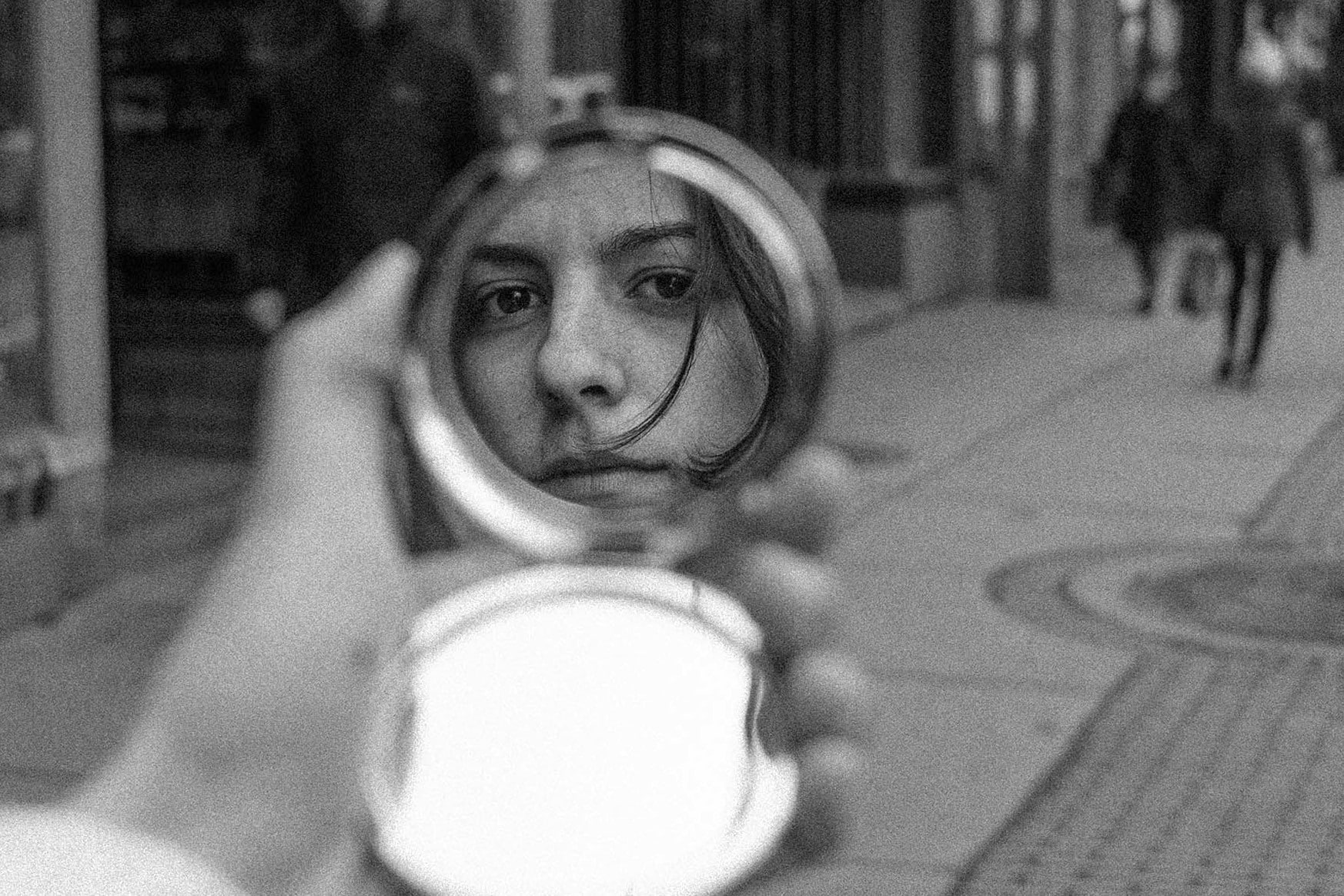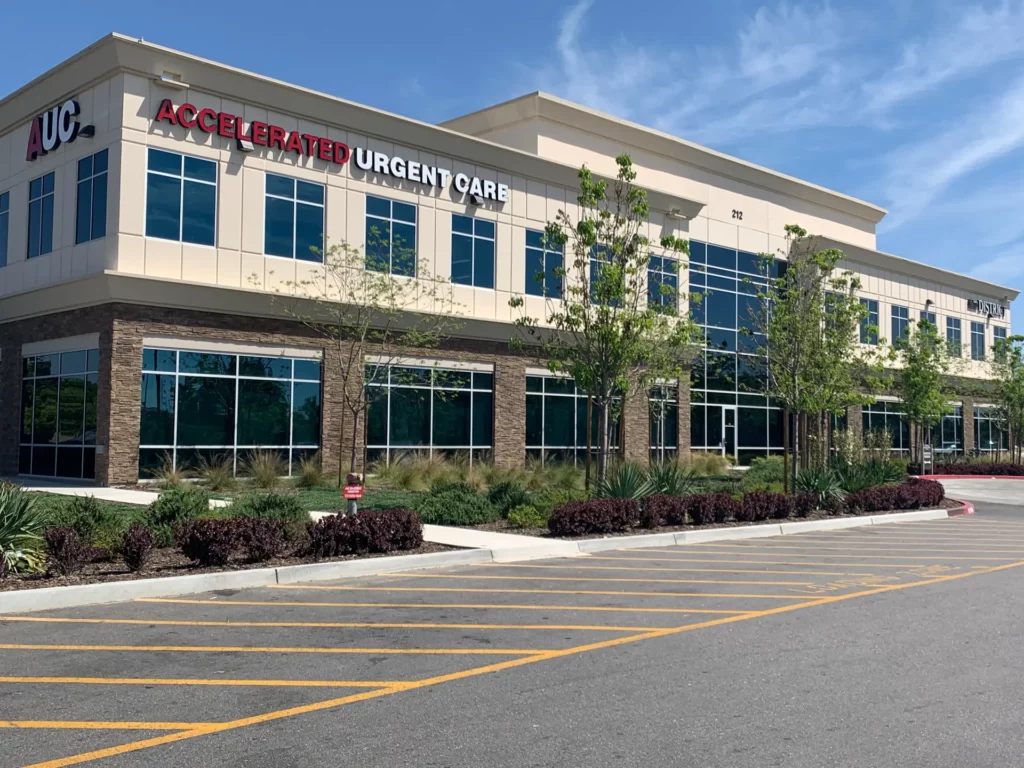
In September 2022, amidst the pages of an issue dedicated to the theme of “Sculpture,” the editorial minds at Art in America embarked on a journey of introspection. Seeking to unravel the intricate tapestry of this age-old art form, four eminent curators were summoned to offer their perspectives, to peel back the layers of what sculpture truly represents in our ever-evolving artistic landscape.
Karen Lemmey Curator of sculpture, Smithsonian American Art Museum, Washington, DC

Sculpture, once neatly boxed within the confines of three-dimensional physicality, has undergone a metamorphosis. While its foundational essence remains rooted in dimensions, the dawn of the 20th century ushered in a captivating era of sculptors defying convention, toying with the very essence of their craft. This era saw them manipulate the third dimension, rendering it elusive and illusory, a sly nod to the inherent instability that has long defined their art. A sculpture’s third dimension can now be an ephemeral whisper, a purely optical illusion, a kinetic dance that evolves with time, or a revelation only upon installation.
Consider Senga Nengudi’s “R.S.V.P.” series, initiated in 1977, crafted from stretched pantyhose and sand. It mesmerizingly shrinks to near invisibility after seizing space in a gallery, leaving us in awe. Carl Andre’s 1997 series “Voltaglyph” fully embraces its 3D potential when someone stands on the metal plates thoughtfully placed on the floor. Fred Wilson’s mirrors defy conventional geometry, reflecting profound depth, a chameleon mirage that transforms with its surroundings. Iván Navarro’s luminous boxes, a marriage of lights and mirrors, conjure the illusion of infinite depth, akin to Do Ho Suh’s curvaceous 23-foot column, “Karma” (2010), where diminutive figures disappear into the minuscule. Conversely, Isamu Noguchi dared to stretch the third dimension to cosmic proportions with his 1947 “Sculpture to Be Seen from Mars,” envisioning a mile-long-nosed human face, anticipating the age of space exploration. A tapestry of sculptures insists upon an ever-flexible third dimension, shrouding it in ambiguity.
The matter of medium, once the bedrock of sculptural identity, has evolved. Historically tethered to stone, clay, bone, tusk, and wood, sculpture has ventured into metals, plaster, wax, fibers, plastics, and beyond. Today, it forays into the realm of found objects, ephemera, industrial detritus, and ventures as far as sound baths, augmented reality, and the ethereal landscapes of virtual objects. Enumerating the materials used in contemporary sculpture is a Sisyphean task, a testament to its unfettered versatility. Unlike bygone eras, sculpture is now conjured from anything, even the most unexpected: paint itself. Sarah Sze’s exquisite screens and poured paint slabs blaze an uncharted path that defied the hierarchy that once placed painting above sculpture in the annals of art history, emancipating the plastic arts from their subservient role.
The historical limitation of materials inadvertently confined recognition and aspiration. Casting bronze or sourcing marble, for instance, was a prohibitive endeavor for many artists, leading to the loss of seminal works. What if Augusta Savage had cast her iconic 1939 World’s Fair monument, “The Harp,” in bronze rather than plaster? The burgeoning array of mediums in contemporary sculpture heralds a future where gateways multiply and gatekeepers recede, transcending the exclusivity that marred the genre in recent centuries.
As monuments topple, both historical and contemporary sculptures undergo intense scrutiny. Sculpture harbors a complex moral history. It intertwines intimately with the human body through life casts and death masks, whether consensual or not. It serves as a surrogate, positioning individuals in both uplifting and derogatory contexts. Sculptures trigger actions seldom aimed at paintings: people kiss, adorn, graffiti-tag, and, in extreme cases, incinerate these artworks as effigies. Sculpture can elicit awe or intimidation as viewers confront towering forms, casting shadows both literal and metaphorical. Occupying the same three dimensions we inhabit, sculpture triangulates our spatial awareness, making us acutely attuned to our environment and those who serendipitously share the space. A visitor’s posture may unwittingly mimic a sculpture’s contrapposto, forging an unspoken connection.
As communities ponder replacements for felled monuments, the concept of social sculpture emerges as a transformative addition to the sculpture lexicon. Joseph Beuys is credited with coining “social sculpture” in the 1970s, asserting that anyone can craft art from any object or action, even suggesting that life itself constitutes a collective sculpture. Over time, social sculpture has evolved into practices inviting communities to co-create art aligned with their needs and interests. Social sculpture carries the potential to serve a greater good, resonate with diverse audiences, effect positive change, and even heal. Simone Leigh’s “Free People’s Medical Clinic” (2014), a poignant project in Weeksville, Brooklyn, harks back to this ideal, illuminating the history of Black healthcare providers while offering a month of no-cost health and healing services. Though less durable than their counterparts in marble or bronze, social sculptures may endure longer, emancipating sculpture from the confines of traditional three dimensions, inviting it to explore boundless forms, limited only by the sculptor’s imagination.
Alexis Lowry Curator, Dia Art Foundation, New York

What, indeed, is sculpture? Can a film, for instance, transcend its cinematic nature to be considered sculpture? I grappled with this question while collaborating with Lucy Raven on her 2021 Dia Art Foundation exhibition, an institution renowned for pushing the boundaries of sculpture. Raven’s mesmerizing 45-minute film, “Ready Mix” (2021), chronicles the journey of ready-mix concrete, from mineral extraction to hydration. Minerals flow, liquid and dynamic, coalescing into a monumental entity, a transient monolith. I queried Raven, whose oeuvre leans heavily towards moving images despite earning an MFA in sculpture at Bard, about the place of sculpture in her artistic perspective. Her response underscored her deep-rooted connection to form—shape, mass, material, composition, decomposition, erosion, accumulation—and the interplay between these elements, embracing mutability and instability.
Melvin Edwards, while installing “Gonogo” (1970/2022) at Dia Beacon, elaborated on his notion of sculpture as relative. Sculptural objects, much like their discipline, shapeshift depending on the observer’s vantage point, continually adapting to new contexts and perspectives. Edwards’s insights into sculpture’s dynamic relationship with space are emblematic of its evolving nature.
The concept of site-specificity, integral to sculptural discourse since the mid-20th century, remains pertinent. While “Gonogo” may not be site-specific in the strictest sense, it is site-responsive. Its dimensions harmonize with the architectural environment, and its meaning is inextricably linked to the context it inhabits, breathing new life into each location.
Art historian Miwon Kwon’s seminal work, “One Place after Another: Site-Specific Art and Locational Identity,” identified site-specificity as sculpture’s dominant concern. This notion persists, enriching sculptural relations. “Gonogo,” though not tethered to its location, embodies a site-responsive quality, reconciling its physicality with each new context.
Read More : MUSIC IN ART: Exploring the Visual and Sonic Tapestry
Julieta González Artistic director, Inhotim Museum, Brumadinho, Brazil

For the early 20th-century modernist avant-garde, sculpture embodied spatial practice, as seen in the Constructivist sculptures of Rodchenko, Ioganson, and Lissitzky. The 1960s brought forth the dematerialization of art, expanding sculpture to encompass gallery space, spectator, and the sculptural object as components of a broader system. Brazilian luminaries like Lygia Clark, Lygia Pape, and Hélio Oiticica embraced kinesthetic and affective dimensions within this evolving sculptural realm. These critical moments inform my perspective on sculpture until the early 2000s, accentuating spatiotemporality, environment, and the realm of experience and emotion.
Contemporary artists embarking on sculptural journeys delve into material cultures, exploring their entanglements with historical transformations. Over the past 15 years, I have observed a historiographic shift in art. Sculptors like Simon Starling and Leonor Antunes, manipulating everyday objects, uncover the cultural assumptions they carry. Sculptures, beyond offering physical and perceptual encounters, weave symbolic narratives. Artists like Kara Walker challenge the role of monuments, engaging with problematic historical episodes, questioning the essence of commemorative sculpture.
The expanded field of sculpture, as Rosalind Krauss aptly described, ushers in unconventional interpretations, underscoring the paradox of sculptural freedom. Sculpture’s uncharted territories demand an embrace of voids, pits, and flocks of birds as guiding metaphors. Sculpture oscillates between dimensions, invoking a sense of estrangement from our bodies, history, and the world, yet paradoxically anchoring us to these aspects of existence.
Read More : Sculpture Unveiled: A Journey Through European Artistry
Kyle Dancewicz Deputy director, SculptureCenter, New York
My engagement with Liz Larner’s work during a recent exhibition at SculptureCenter illuminated the intricacies of her practice. Larner’s art, which has challenged sculptural conventions since the 1980s, places the desire to create “sculpture” at the forefront. Her work, often described as “hardcore,” embraces a commitment to sculpture’s formal, spatial, and material questions. Unlike many contemporary artists who retroactively define their creations as belonging to a particular category, Larner’s sculptures emerge as sculptures from their inception, with their impact on viewers trailing closely behind.
The term “hardcore” sparks intriguing debates, resonating with the artist’s determination to instigate turmoil within the realm of sculpture. Isa Genzken’s work, similarly characterized as “hardcore,” introduces moments of chaos into the sculptural void, embodying the inherent dynamism of sculpture.
Sculpture, with its contours constantly shifting, challenges our perception. The boundaries of this multifaceted discipline remain fluid, characterized by their relativity. Sculpture is shaped not only by its physical form but also by new contexts and perspectives, expanding into a field of spatial relationships that extends beyond individual objects.
In the realm of sculpture, site-specificity endures as a critical lens. While not strictly adhering to specific sites, sculptures often respond to their surroundings, adapting to architectural environments and imbuing new meanings into each context.
The notion of sculpture as a relative and dynamic entity is exemplified by Lan Tuazon’s idea that sculpture possesses “dimensions elsewhere.” Sculpture transcends physical boundaries, transcending space and time, simultaneously reflecting and connecting disparate aspects of our material lives.
The future of sculpture beckons voids, pits, and flocks of birds—an art form that both magnifies our estrangement from the world and offers a bridge to our material existence, an art form bound only by the sculptor’s boundless imagination.


